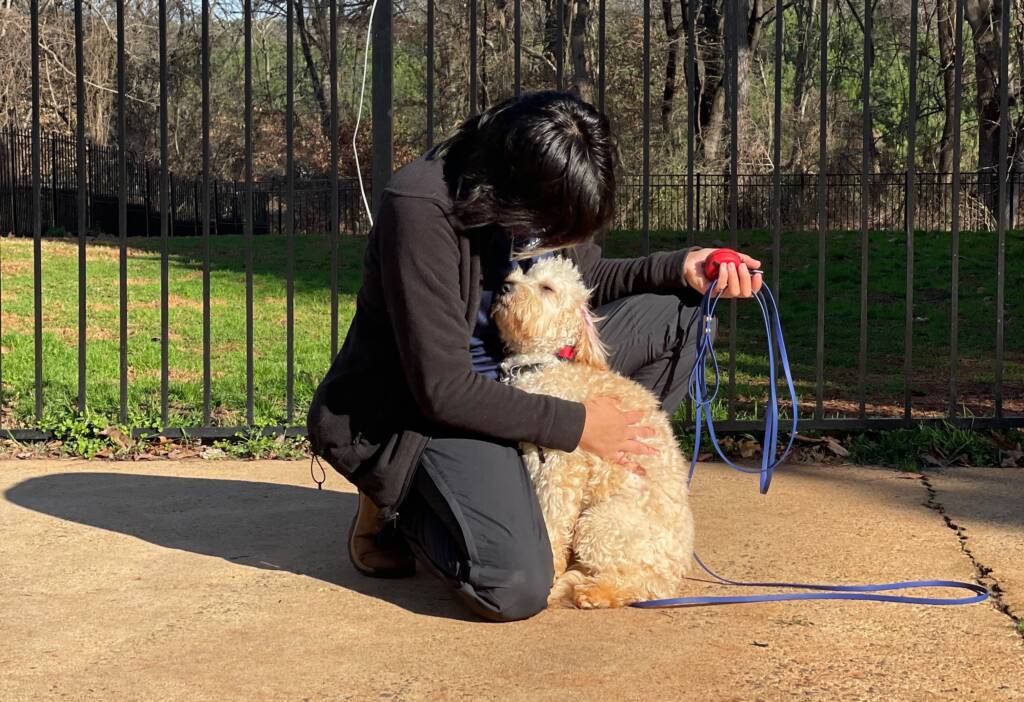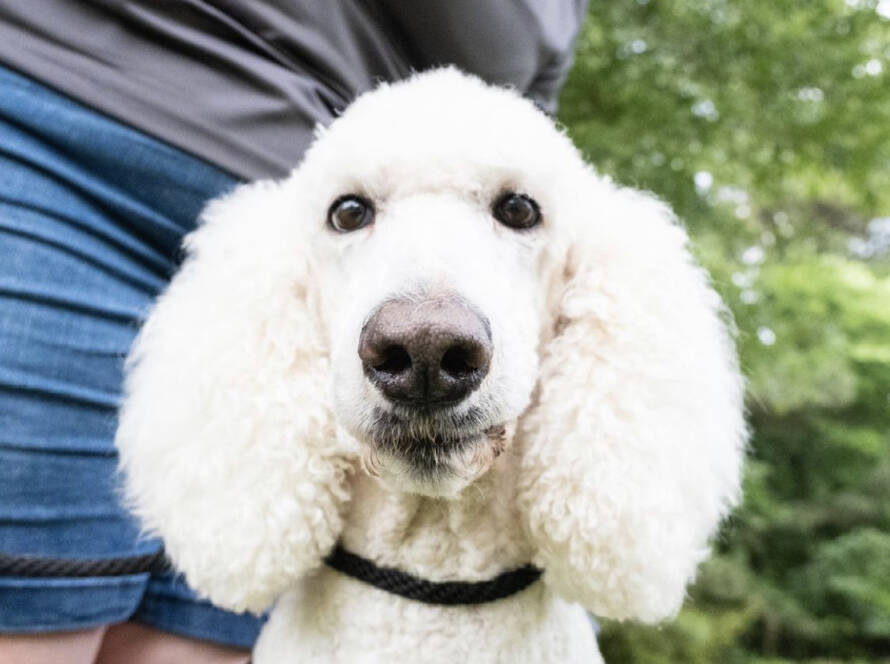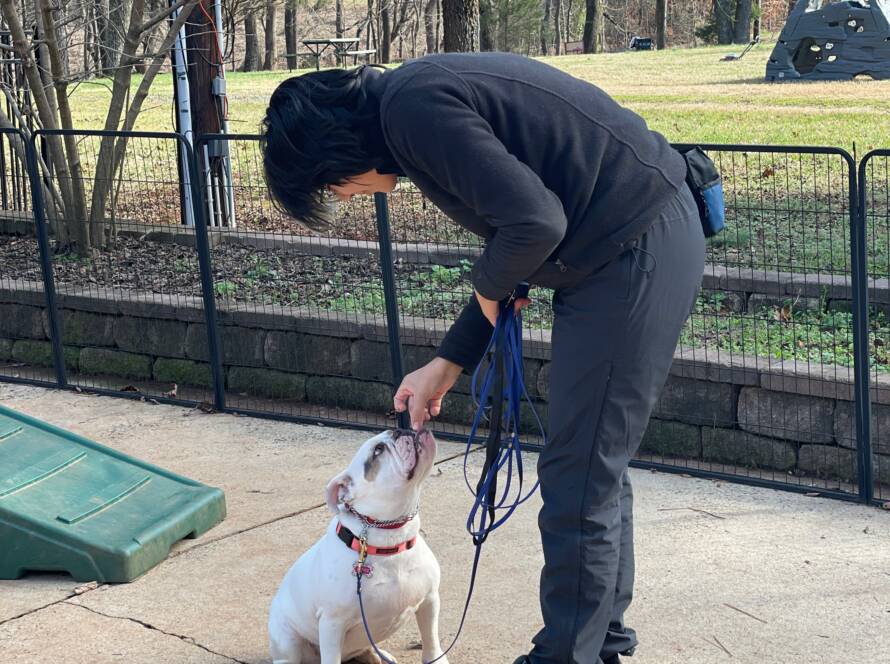Aphilosophy built on a foundation of motivation, trust, and respect.
We utilize both classical and operant conditioning; taking a holistic approach when working with every dog. With extensive experience studying and working hands-on with hundreds of dogs, Rebecca and her staff understand that no two dogs are the same and therefore each training program is designed specifically around each individual dog.
We maximize positive reinforcement to teach new behaviors and increase desired behaviors. Through the use of food reward, toy/play motivation and praise, we bring out the best in each dog’s behavior by increasing their desire to learn.
Rebecca and her staff understand that no two dogs are the same and therefore each training program is designed specifically around each individual dog.
Rebecca and her team also have the ability to stop dangerous or unwanted behaviors in dogs. We believe it’s important to make sure dogs understand both a positive marker (“Yes”) for good behavior, and a negative marker (“No”) to interrupt unwanted behaviors. We want to reward the behaviors we like, which increases the likelihood of the dogs repeating those good behaviors, and we also use appropriate and humane corrections to address any dangerous or unwanted behaviors.
One of the most important aspects of being a successful dog trainer is having the ability to instruct, educate, and support dog owners. Rebecca has over fifteen years of teaching experience with a teaching style that is client-focused, helping dog owners feel confident in providing leadership and guidance in their dog’s life. Through effective, consistent communication, owners will feel calm and in control when working with their dog(s).
Remote/E-Collar Training
One of our specialties is providing off-leash obedience training and developing a dog’s focus and obedience around high levels of distraction. In order to create safe, reliable off-leash obedience responses, we need a training tool that allows us to communicate with our dogs when they are off-leash.
We are a huge advocate for the proper use of all dog training tools. One of the most misunderstood tools in the dog training industry is the Remote Collar/E-Collar. Most people think of an E-Collar as a “shock” collar that is only used to correct or “shock” a dog. This couldn’t be further from the truth.
What brand we use:
E-Collar Technologies ET-300 Mini Educator ½ Mile Remote E-Collar
Learn more here: www.ecollar.com

Why use a remote/e-collar?
Remote collars are one of the best communication devices available for dogs. A remote collar acts as an invisible leash, so whenever your dog is off-leash you have a safe and reliable way to communicate with them. No matter how great our relationship with our dog is and no matter how great the treats are in our pocket, eventually our dogs will become distracted by something that they deem as more interesting or valuable. Verbal commands will fail at some point and even if your dog listens 99% of the time, there will be a time when your dog doesn’t listen. That’s why we need to properly train our dogs with a safe and reliable training tool.
Is it electric, is it a shock collar?
No. We do not use traditional shock collars. Shock collars tend to have electric/static shock, have very few levels of control, and are typically used for punishment/corrections only. We use collars from E-Collar Technologies, which make one of the highest quality remote collars on the market. The simulation is the same as a TENS Unit which is used in humans for muscle stimulation (doctors and physical therapists use them quite often). The collars are not electric and the dogs can safely wear them underwater.
How we teach dogs on the remote collar:
We train dogs on very low-levels, levels that most humans are unable to feel. Most dogs learn on single digit levels, most under a level 5 out of 100. We layer the low-level stimulation over known obedience commands that we have taught the dogs through positive reinforcement (reward training-toys, food, praise, etc).
We start by tapping and activating the stimulation, then rewarding the dog. This teaches the dog that the stimulation is coming from us. Once we see that the dog understands where the stimulation is coming from, we teach them how to control it. We do this by properly conditioning each dog to the collar, which is done in a series of structured training exercises. We show this process on all of our social media channels.
Although most of the time we are using low to moderate levels to get our dog’s attention, once a dog is educated on the collar, we can use it at a slightly higher level to apply appropriate corrections for dangerous or unwanted behaviors (i.e. counter-surfing, jumping, obsessive barking, digging, etc). We discuss this process in depth with all of our clients to be sure they know how to properly use the tool and how to find what levels are best for their dog.


